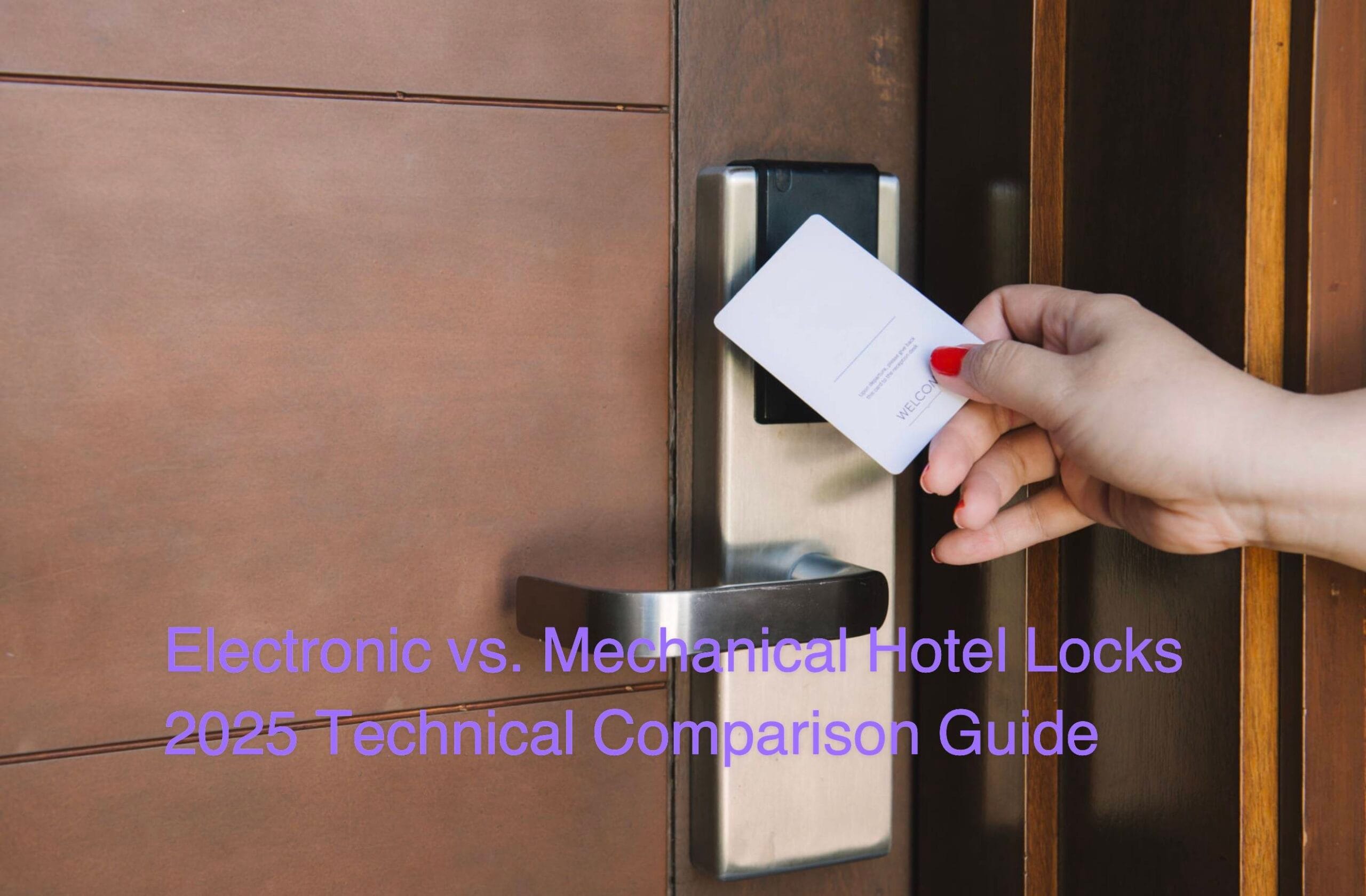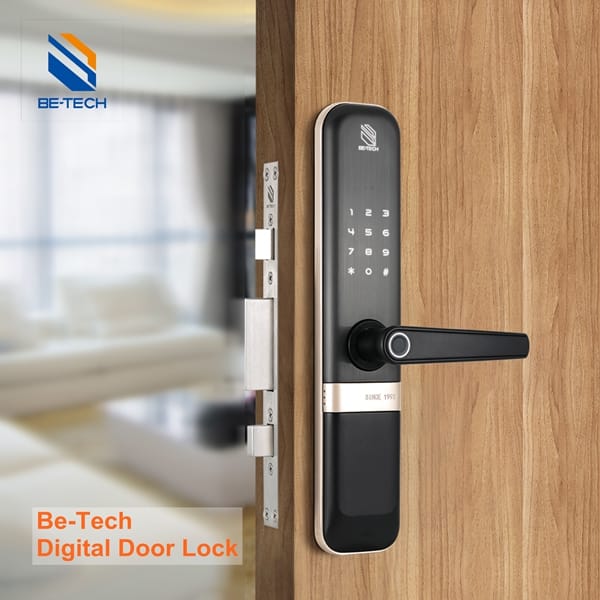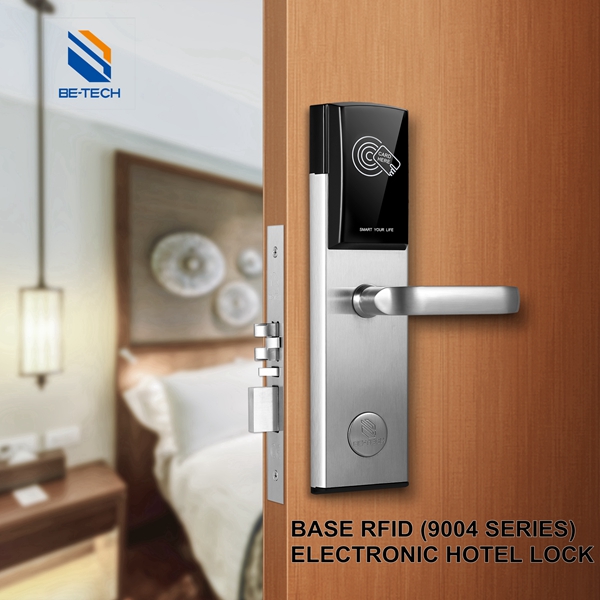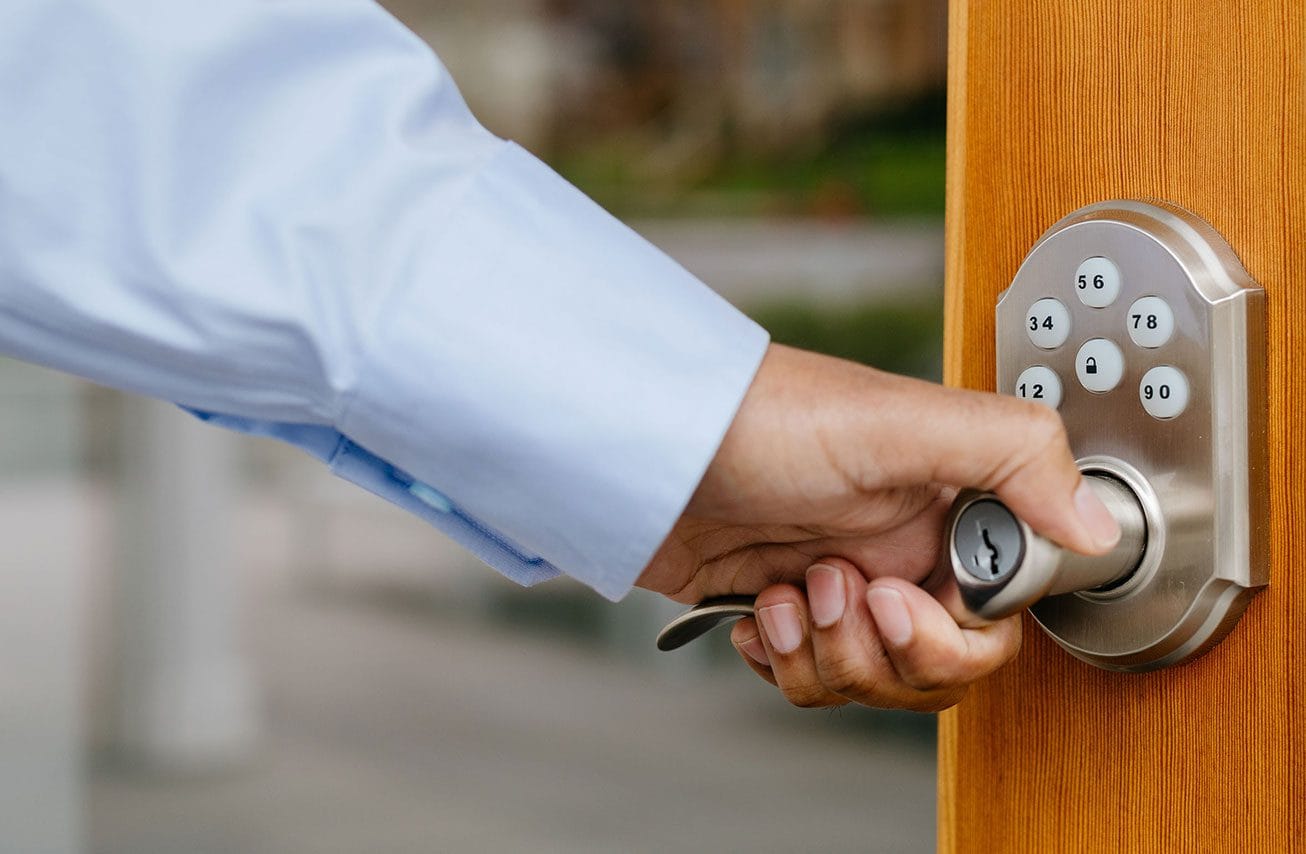Understanding what a wireless access control system is essential in today’s security-focused world, where convenience meets safety. These systems are crucial in various sectors—from residential buildings to large commercial properties—offering seamless management of who enters specific areas without complex wiring setups. This article will explore the definition, applications, benefits, and best practices for using wireless access control systems, along with relevant product recommendations from Be-tech.
What is Wireless Access Control System?
A wireless access control system is an advanced security solution that utilizes wireless technology to manage and regulate access to physical locations without the need for complex wiring. These systems are increasingly popular across various sectors, including residential, commercial, and educational environments, due to their flexibility and ease of installation.
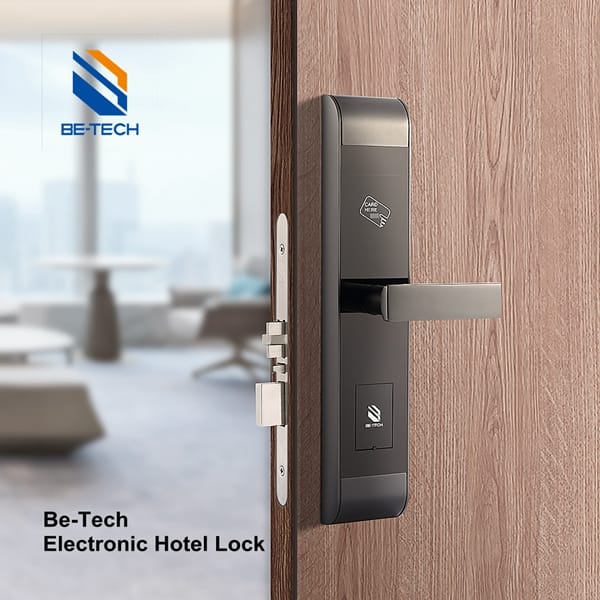
Key Components
The main components of a wireless access control system include:
- Smart Electronic Locks: These locks can be controlled remotely and do not require traditional keys.
- Credential Readers: Devices that authenticate users through key fobs, access cards, or mobile devices.
- Cloud-Based Management Software: This software allows administrators to manage access permissions and monitor activity from anywhere using an internet-connected device.
Applications of Wireless Access Control System
Wireless access control systems are rapidly transforming security across various sectors in 2025, offering enhanced flexibility, efficiency, and integration. Here’s a detailed overview of their applications in key industries:
Smart Buildings: Advanced Commercial Security
Wireless access control systems are revolutionizing security in smart buildings by providing:
- Remote Entry Management: Property managers can control access from anywhere, allowing for quick adjustments to permissions as needed.
- Real-Time Permission Updates: Changes to access rights can be implemented instantly, enhancing security responsiveness.
- Seamless Integration: These systems can easily connect with surveillance cameras and building management systems (BMS), creating a comprehensive security ecosystem that improves overall safety and operational efficiency.
Residential Complexes: Enhancing Tenant Safety
In residential settings, such as multi-tenant buildings and gated communities, wireless systems offer:
- Smartphone-Based Credentials: Residents can use their smartphones instead of traditional keys, providing convenience and reducing the risk of lost keys.
- Streamlined Permission Management: Property managers can efficiently manage access for multiple tenants, enhancing security without compromising on ease of use.
- Improved Resident Experience: Enhanced security measures contribute to a safer living environment, increasing tenant satisfaction.
Educational Institutions: Balancing Security and Openness
Schools and universities are adopting wireless access control to:
- Manage Granular Campus Access: Different areas of the campus can have tailored access levels, ensuring that students and staff can move freely while restricting unauthorized entry.
- Create Secure Yet Open Learning Environments: These systems help maintain a balance between safety and accessibility, crucial for fostering a conducive learning atmosphere.
- Adapt Quickly to Evolving Security Needs: Wireless solutions allow institutions to modify access controls swiftly in response to changing circumstances or threats.
Healthcare: Safeguarding Sensitive Areas and Patient Information
In the healthcare sector, wireless access control systems are vital for:
- Securing Restricted Zones: Areas such as operating rooms or pharmaceutical storage can be tightly controlled to prevent unauthorized access.
- Monitoring Staff Movement: Tracking who enters sensitive areas ensures compliance with regulations like HIPAA while protecting patient privacy.
- Dynamic Access Updates: In fast-paced healthcare environments, the ability to quickly change access permissions is crucial for maintaining security without hindering operations.
Retail and Hospitality: Elevating Customer and Employee Safety
Retailers and hotels utilize wireless access control for:
- Employee Access Management: Streamlining employee entry reduces wait times and enhances operational efficiency.
- Inventory Protection: Securing stockrooms with advanced access controls minimizes theft risks.
- Customer Loyalty Program Integration: Some systems allow customers to use loyalty cards or mobile apps for entry, enhancing the shopping experience while maintaining security.
Manufacturing and Logistics: Asset Protection
In industrial environments, wireless technology helps:
- Secure Various Zones: Different areas within manufacturing plants can be controlled based on employee roles.
- Control Employee Access: Ensuring that only authorized personnel can enter sensitive areas protects valuable equipment.
- Reduce Theft Risks: Enhanced monitoring capabilities deter theft and espionage.
Comprehensive Property Security
Wireless access control extends beyond traditional entry points to include:
- Elevators and Gates: These systems ensure that all entry points are monitored, creating a cohesive security strategy.
- Outdoor Spaces: Wireless solutions enable the management of access in less conventional areas like parking lots or gardens.
Key Trends Shaping Wireless Access Control in 2025
As we move further into 2025, several trends are emerging in wireless access control technology:
- Cloud-Based Systems: These allow for centralized management and real-time updates across multiple locations.
- Mobile-First Solutions: Smartphones are increasingly used as credentials, simplifying the user experience while enhancing security.
- Integration with Smart Building Technologies: IoT connectivity enables advanced features like energy management based on occupancy data.
- Enhanced Cybersecurity Measures: Systems now include end-to-end encryption and compliance with regulations like GDPR to protect user data.
- AI and Predictive Analytics: These technologies improve threat detection by analyzing patterns and predicting potential breaches.
Wireless access control systems are not just about securing physical spaces; they are integral to creating smarter, more efficient environments across various sectors. Their ability to adapt to evolving needs while enhancing user experience positions them at the forefront of modern security solutions.
For instance, Be-tech’s Smart Deadbolt integrates seamlessly into existing infrastructures, providing a modern solution for both residential and commercial applications.
Benefits and Features
Modern wireless access control systems have revolutionized building security management through advanced technology and seamless integration. The Be-tech Electronic Hotel Lock – Visual III RFID (V5 Series) represents the cutting edge of this technology, combining robust security with intuitive functionality.
Key Advantages of Wireless Access Systems:
| Feature | Benefit | Implementation |
|---|---|---|
| Installation | Up to 60% cost reduction through minimal wiring requirements | Quick deployment with wireless protocols |
| Scalability | Seamless expansion capabilities | Add new access points without infrastructure changes |
| Security | Military-grade encryption protocols | Real-time monitoring and instant threat detection |
| Remote Control | Cloud-based management platform | 24/7 access from any device |
The Visual III RFID system elevates these core benefits through its sophisticated mobile integration. Property managers can instantly modify access permissions, monitor entry attempts, and receive security alerts through an intuitive smartphone interface. This real-time capability ensures immediate response to security events while maintaining detailed access logs for compliance and auditing purposes.
How to Use Wireless Access Control System
To effectively use a wireless access control system, it is essential to understand its components, installation process, and management practices. Here’s a comprehensive guide to help you navigate through the implementation and operation of such systems.
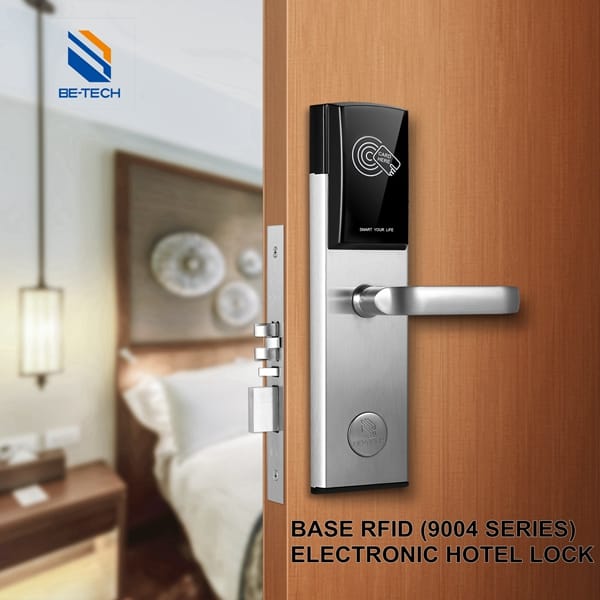
Key Components of Wireless Access Control Systems
- Electronic Locks: These replace traditional locks and can be controlled remotely. They are connected to the access control system via wireless signals.
- Access Control Readers: Devices that authenticate user credentials (e.g., RFID readers, biometric scanners). They can be installed at entry points both inside and outside the building.
- Access Control Panel: This central unit processes signals from readers and determines whether to grant or deny access based on stored permissions.
- Management Software: A crucial element that houses the database of authorized users, their access permissions, door schedules, and activity logs. It allows for real-time monitoring and management of the entire system.
- User Credentials: Various forms of identification such as key cards, fobs, or mobile devices that allow users to gain access.
Steps to Implement a Wireless Access Control System
1. Assess Your Needs
- Evaluate the facility’s size and specific security requirements. Identify critical areas that need restricted access and the number of users who will require credentials.
2. Install Wireless Hardware
- Install electronic locks at all entry points. Ensure that the access control readers are positioned correctly for optimal connectivity and security. The installation should consider potential interference from physical barriers or electronic devices.
3. Configure Access Permissions
- Use the management software to set up user credentials and define access levels. Regularly update this database to reflect changes in personnel and permissions, ensuring that only authorized individuals have access to sensitive areas.
4. Monitor Access Logs
- Regularly review logs generated by the system for any unusual activity or unauthorized access attempts. This is vital for maintaining security and can aid in investigations if incidents occur.
5. Maintain Software Updates
- Keep the management software updated to protect against vulnerabilities. Regular updates help ensure compliance with security standards and improve overall system performance.
Be-tech’s Electronic Hotel Lock – Base RFID (9004 Series) facilitates an intuitive setup process that simplifies user management through their comprehensive software solutions.
Best Practices for Wireless Access Control Systems
- Ensure Strong Network Security: Implement robust encryption protocols (like WPA3) for data transmission to protect against unauthorized access.
- Regular Testing and Maintenance: Conduct periodic testing of all components to ensure they are functioning correctly. Schedule regular maintenance checks to replace batteries in wireless locks and monitor system performance.
- User Training: Provide comprehensive training for all users on how to use their credentials effectively and securely. This includes understanding how to report lost credentials or suspicious activity.
- Scalability Considerations: Choose a system that allows for easy expansion as your security needs grow. Wireless systems typically offer greater flexibility for adding new entry points without extensive rewiring.
By following these guidelines, you can effectively implement and manage a wireless access control system that enhances security while providing convenience for users.
Common Misconceptions
Several myths surround wireless access control systems:
- Less Secure Than Wired Systems: Many wireless systems use robust encryption methods that enhance security compared to traditional keys.
- Complicated Management: Most modern solutions feature intuitive interfaces simplifying management tasks.
Conclusion
In conclusion, understanding what a wireless access control system entails is vital for enhancing security in any setting. By integrating products like those from Be-tech into your security strategy, you can ensure a safer environment while enjoying the convenience these modern technologies offer.
Engage with us in the comments below—share your experiences with wireless access control systems or ask any questions you may have!
For more information on advanced locking solutions, visit Be-tech’s official website.



